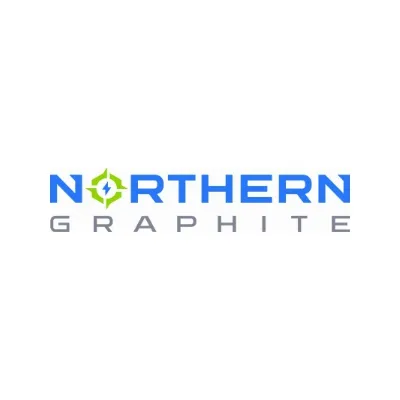Across all segments and typologies, the value of lighting is being recognised, especially at the workplace. According to Harmeet Singh Issar, Founder Partner, Design Director, Design Matrix, a recent study states that nearly 55 per cent of office-goers complain about workplace lighting and 80 per cent want a more humane lighting that promotes good health, is in sync with the body’s circadian rhythm, and supports work performance and sleep quality.
“Automation has helped a lot in the commercial working space as it automatically detects human presence and accordingly increases or decreases the quantity of lighting required for that area,” explains Rupande Shah, Principal Architect, Rupande Shah & Associates. “Instead of having dead lighting or flat lighting through workspaces, focussed lighting has helped the productivity of working spaces to a great extent.”
Clearly, effective lighting is becoming the roadmap to enhance employee comfort, productivity and safety through personalised control of work spaces, enabling performance tracking through real-time updates on lighting system status. “By changing the colour or intensity of light, workspaces can provide bio-dynamic light based on the human circadian rhythm for increased employee concentration, cognitive performance, alertness and general well-being,” informs Sanjay Gupta, Senior Vice-President, Wipro Consumer Lighting and Switches.
For his part, Sumit Joshi, Vice-Chairman and Managing Director, Signify India Innovations shares, “In large offices, our Interact Office platform, which was launched in India early this year, enables employees to personalise the intensity and colour of light at their workstation, thereby enhancing productivity.”
“Installing glass partitions or walls ensures light is filtered through the space uniformly, thereby minimising the use of artificial lighting,” adds Sachin Goregaoker, Director, GA design. “Vintage LED bulbs with a retro look are trending at the moment; they help to make the workplace look stylish and positively affect creativity.” And Amol Prabhu, Partner, Shashi Prabhu & Associates shares, “Instead of conventional fixtures, LED fittings provide a ROI of nearly 12 months and render a great aesthetic.”
In Srinivas Shanbhogue’s, Vice-President, Retail Business, Schneider Electric India view, lighting market players and technology giants are expected to collaborate in coming years to ensure maximum ROI and achieve huge profit margins from the evolving smart lighting market.
Combating challenges
Although the adoption of smart lighting is on the rise, several challenges still prevail.
While Gupta confirms that consumers lack awareness of the benefits of using efficient LED lights, Shah points to the affordability of automation and smart switches as an obstacle.
Traditionally, lighting control has been viewed more as a feature to be tick-marked rather than a more holistic approach towards lighting and its controls. In Issar’s opinion, while consumers are asking for more personalisation, automation and adjustability in lighting, all of it together cannot compensate for poor lighting. “It is, therefore, crucial to first ask for better lighting and then ask for more control,” he asserts. “Otherwise, it will be more of a gimmick rather than something designed to improve quality of life.”
Goregaoker suggests it is important for an architect or an interior designer to take lighting and automation into consideration at the onset of a project as it minimises the need to rewire later.
What’s more, lighting companies, manufacturers and consumers are getting increasingly aware of the benefits of sustainability and the importance of maintaining the green quotient.
“There are a lot of manufacturers, who openly disregard the standards set forth by the Government of India for consumer safety. Thankfully, the situation has been slowly improving and we have seen a decrease of around 30 per cent in BIS non-compliant LED bulb manufacturers, and expect to see these numbers improve much further next year. The spurious and non-branded products are an issue for both, consumers and manufacturers alike,” comments Joshi.
As for Vivek Sharma, Managing Director, Panasonic Life Solutions India, he urges the Government to set up certain standards. “Though the Chinese are not technologically and safety-wise strong enough, they copy designs. For this, a regulatory mechanism should be implemented soon.”
All considered, though, there’s only one way to describe the future: bright!
- DIKSHA JAWLE



















